
Sometime during the first century AD, continental brown hares were introduced to Britain as being stronger and more suitable for coursing than the indigenous mountain hare. Every wealthy Roman Briton, particularly landowners with their extensive estates, aspired to owning several leashes of vertigo — greyhounds — and coursing had developed into social occasions, with owners traveling considerable distances to match their dogs against those of others. When a hare was sighted and given a decent head start, the vertigo was unleashed simultaneously and the one closest to the hare before it escaped was judged the winner.
Such was the popularity of match coursing that, early in the second century, the Roman historian Arrian recorded the rules: “Whoever courses with greyhounds should neither slip them near the hare, nor more than a brace at a time… The true sportsman does not take out his dogs to destroy the hares, but for the sake of the course and the contest between the dogs and the hares, and is glad if the hares escape.”
Sport of pharaohs
The ethos of match coursing, where the object was not to kill the hare but a competition between two of the fastest breed of dog and the fastest land mammal, was already many centuries old. The Romans adopted coursing from the Gauls, but greyhounds and coursing date back to the pharaohs.
There are frequent historical references to greyhounds and hare coursing over the following millennia, both in art and literature, but the next time the rules were written in detail was during the 16th century.
Bu hikaye Shooting Times & Country dergisinin May 06, 2020 sayısından alınmıştır.
Start your 7-day Magzter GOLD free trial to access thousands of curated premium stories, and 9,000+ magazines and newspapers.
Already a subscriber ? Giriş Yap
Bu hikaye Shooting Times & Country dergisinin May 06, 2020 sayısından alınmıştır.
Start your 7-day Magzter GOLD free trial to access thousands of curated premium stories, and 9,000+ magazines and newspapers.
Already a subscriber? Giriş Yap
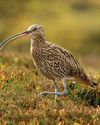
United we stand
Following United Utilities' decision to end grouse shooting on its land, Lindsay Waddell asks what will happen if we ignore our vital moors

Serious matters
An old gamebook prompts a contemplation on punt-gunning
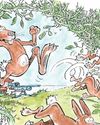
They're not always as easy as they seem
While coneys of the furry variety don't pose a problem for Blue Zulu, he's left frustrated once again by bolting bunnies of the clay sort
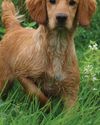
Debutant gundogs
There's lots to think about when it comes to making the decision about when to introduce your dog to shooting
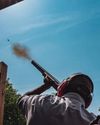
When the going gets rough
Al Gabriel returns to the West London Shooting School to brush up on his rough shooting technique
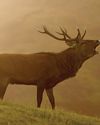
The Field Guide To British Deer - BDS 60th Anniversary Edition
In this excerpt from the 60th anniversary edition of the BDS's Field Guide To British Deer, Charles Smith-Jones considers the noise they make
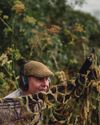
A step too far?
Simon Garnham wonders whether a new dog, a new gun and two different fields in need of protection might have been asking too much for one afternoon's work
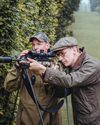
Two bucks before breakfast
A journey from old South London to rural Hertfordshire to stalk muntjac suggests that the two aren't as far detached as they might seem
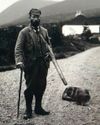
Stalking Diary
Stalkers can be a sentimental bunch, and they often carry a huge attachment to their hill

Gamekeeper
Alan Edwards believes unique, private experiences can help keepers become more competent and passionate custodians of the countryside